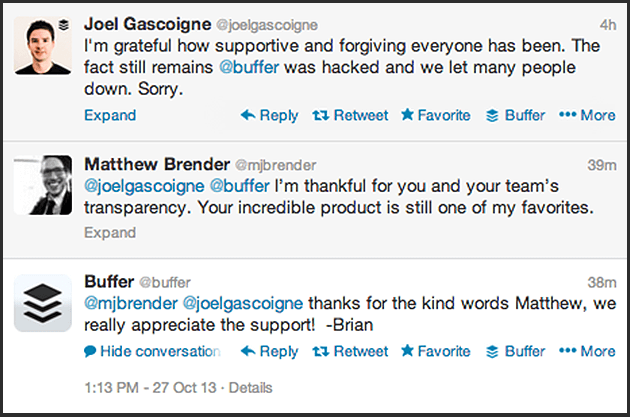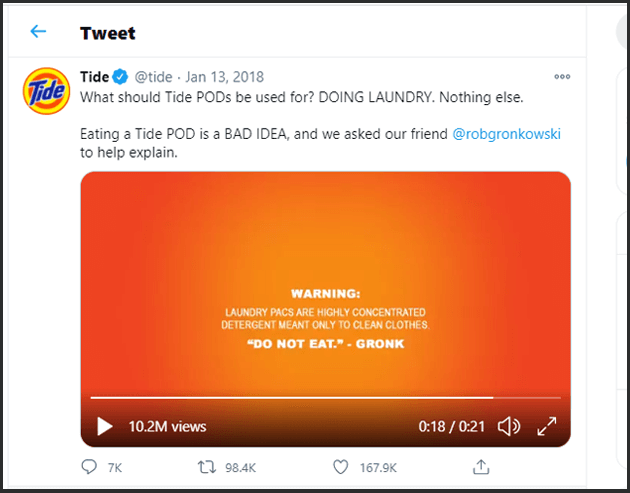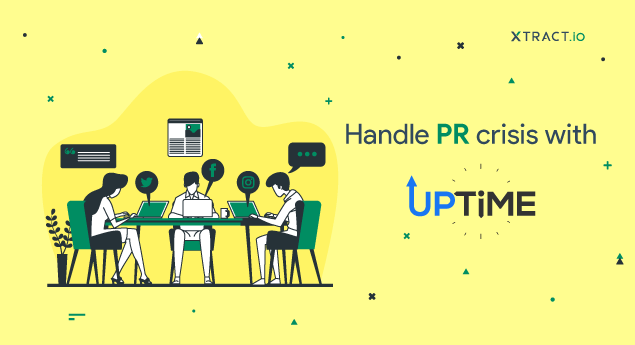“It takes 20 years to build a reputation and five minutes to ruin it. If you think about that, you’ll do things differently.”
– Warren Buffet
Research says that 62% of businesses have crisis strategies, but only a few update them and practice crisis scenarios.
We all remember what happened when Burger King faced a crisis when they launched Vegan burgers at the beginning of 2020. Or how on behalf of Kit Kat, Nestle reacted to Greenpeace’s campaign to destroy animals and source palm oil. As customers, we can be unforgiving when it comes to a brand’s reputation. And today, with the rise and impact of social media, everything just blows up in a matter of seconds. However, there are these questions to consider – can brands recover from a PR crisis? How do they address it? Or do they use it as an opportunity to create a positive public opinion? Brands such as Volkswagen, United Airlines, and Nestle have shown us that it’s possible. Let’s look at a few steps every brand can take if they face a PR crisis.
How do you address a crisis effectively?
You cannot solve a crisis immediately, and that’s why you need to address it constructively. You need to address a PR crisis quickly and decisively.
Firstly, Investigate. Take some time to understand the whole situation from your organization’s perspective and the customer’s perspective. Try to understand the potential impact it can have on your brand.
Secondly, Listen. Social media listening helps to understand how people are reacting online. It will, in turn, help you obtain answers to many questions. You will know if your customers are supporting you or not, you will get to know how intense the problem is, and you will learn how the media is reacting to your crisis. Social listening tools like Uptime are designed to help you understand your community better and to keep you up-to-date as to what’s happening with its social media monitoring.
Thirdly, Decide. Now that you understand the crisis, decide what and how to respond to the people on social media, what steps to take next and overcome this. Creating a crisis plan or crisis team at this stage would help you to solve the crisis smoothly.
Handle PR crisis like a Champ – Buffer’s PR crisis
Let’s take a look at how the social media management tool Buffer overcame a PR crisis.
It was a Saturday afternoon in 2013; Buffer faced a nightmare – A security breach. There were a large number of spam posts pouring into their customer’s Facebook feed. People got irritated and started sharing and tweeting about this all over the internet.
How did the Buffer team react?
As it was a Saturday afternoon, it was a holiday. The team connected on Google Hangouts. They devised a plan to a) solve the problem and b) ensure every comment on social media was being responded to. They owned up to the mistake, apologized, and they also wrote a blog and updated it every hour while resolving the issue. Meanwhile, they also gave some action items to their customers to protect their accounts.
And then what happened? Customers appreciated the team’s consistent communication and the negative comments stopped. Instead, they started applauding the team and showing support.


Later, Facebook and Amazon web services reached out and offered their help with the tech team guidance and resolved it.
Key takeaways from the Buffer crisis:
- The team responded to all their customers within one hour after the crisis happened.
- Buffer covered almost all the social media channels like Facebook, Twitter, blogs, and mails to connect with their customers and audience and update them regularly.
- They apologized and quickly started solving the issue for the benefit of their customers.
- Customers were always their priority.
And today, we all know, Buffer is doing great despite the early setback. Buffer is truly a fantastic example of managing a PR crisis like a Champ.
Tide’s #TidePodChallenge
Let me share another example of a PR crisis in 2017 in which the team handled it effectively.
#TidePodChallenge it was. Teenagers started filming eating Tide pods as a part of the Tide Pod Challenge. They uploaded the video on YouTube and other social media platforms for fun. The videos went viral, and Tide Pods became popular. But we all know how dangerous consuming detergents can be. There were around 86 cases of teenagers getting sick due to the intentional misuse of laundry packs for the sake of fun.
Tide’s parent company, Procter & Gamble, had a crisis plan ready. They addressed the issue sensitively rather than shying away. They explained what might happen when one consumes detergent; as we all know, this is completely an unhealthy practice.
What did they do?
- They requested YouTube and Facebook to remove all the Tide Pod Challenge videos.
- They came up with a blogpost urging parents to educate their children not to consume detergent.
- They also created a video that explained how not to use Tide Pods, cleared they are used only for laundry, posted it on social media, and telecast it on TV.

They also made a funny-sarcastic tweet, explaining Tide pods are for washing and not eating.

A PR crisis is not something that many brands or organizations expect and are prepared for. And that’s what makes it crucial to have a well-developed crisis plan in place.
Some TIPS to deal with a PR Crisis
Here are a couple of tips to help you if you face a crisis.
1. Be responsive: Once your brand gets a negative mention online, people start contacting you in different ways. Don’t ignore them. Respond fast in a transparent and accessible manner.
2. Create a crisis response team: Creating a team focussed on managing the crisis is extremely important. Start planning what to do and implement the action items immediately. Make sure a group of people is engaging with the customers on social media regularly.
3. Invest in the right tool: You can never assure yourself as a crisis-free brand. Come what may, all you can do is to prepare your team and have a tool that helps you survive the storm. Investing in the right tool will help you save time and money in the long run.
So what’s up? It’s Uptime
To help your business to reverse a PR crisis or solve it quickly, we have a one-stop solution for you. Uptime is a real-time media monitoring tool with ML-based news curation. With Uptime, you can monitor brand mentions, comments, and more importantly, it helps you with many filters – negative alerts, geography, and industry. It not only helps you with news monitoring but also helps you with actionable insights. Sounds cool, right? If you would like to know more about Uptime, request a demo here.







